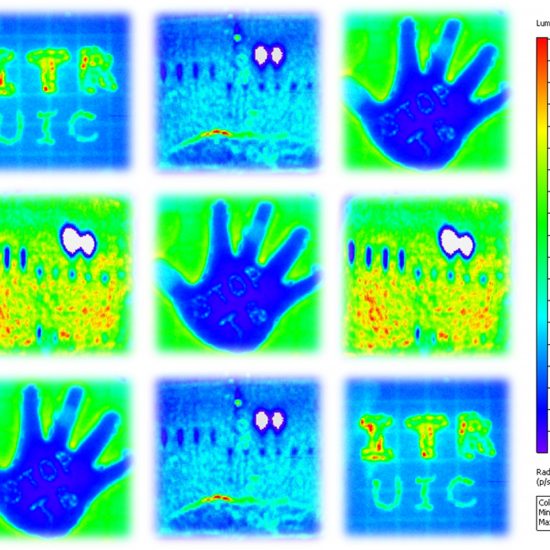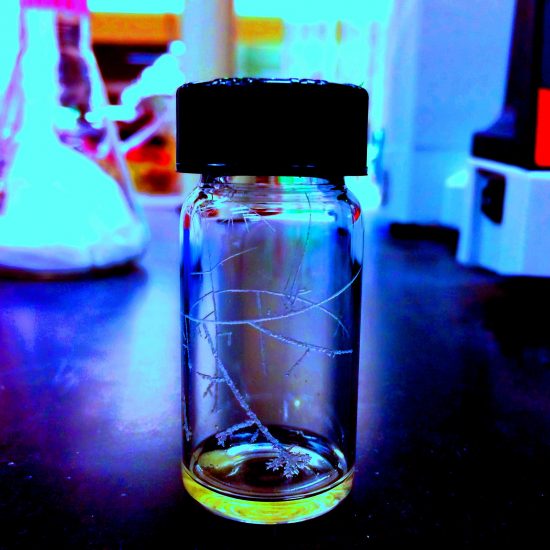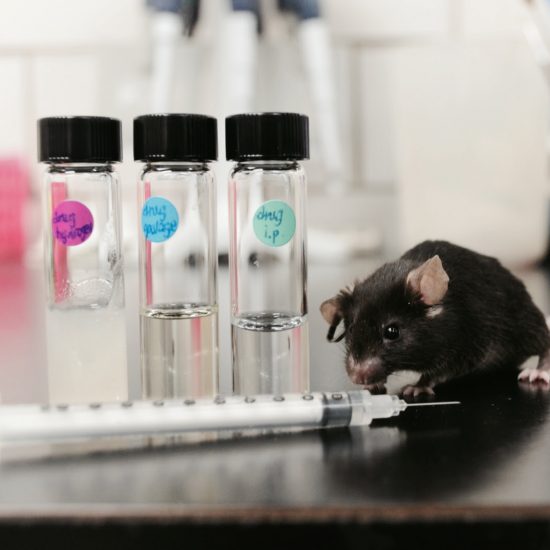Image Competition 2014
2014 Image Competition Winners Heading link
184 people voted for the best image in the 4th Annual Images of Research Competition! Congratulations to our winners, whose images are featured below with the number of votes received.
View All Original 2014 Images

The Institute for Tuberculosis Research (ITR) has been making efforts to stop TB. One of the major projects is focused on searching for new TB drug leads from nature. For this purpose, a direct bioautography method was developed using a non-pathogenic M. tuberculosis strain with a luminescence gene from firefly. The developed TLC plates were dipped in bacterial suspension and incubated for 24 hours. The inhibition zones appeared on the TLC plates, indicating the presence of active compounds.
| Institute for Tuberculosis Research

Natural Products Drug Discovery utilizes many techniques that help to isolate and characterize potential drug leads. Isolation of a chemical compound, however, is a time consuming task which often requires application of complex purification procedures. Recrystallization is one of methods that allow for purification of a solid chemical compound. Successful recrystallization relies on a blend of science and art because to receive satisfactory results researcher must rely on experimentation, observation, imagination, and skill rather than on mathematical and physical predictions. The photograph depicts a vial with crystals that mimic frozen formations of winter snowflakes.
| Dept. of Medicinal Chemistry and Pharmacognos

The use of mice have largely been used to predict the pharmacokinetics (PK) of drugs in the past using classical methods of drug delivery via i.p. injection or oral gavage. However, other methods such as hydrogel which allows a low consistent dose of drug to be administered noninvasively have been an interest to us, but becomes difficult to predict PK. We work on understanding different methods of drug delivery and its effects on PK in mice to better predict dosing in animal models. Pictured is mouse #101 with our current drug delivery methods used in i.p. injection, oral gavage, and hydrogel.
| Dept. of Medicinal Chemistry & Pharmacognosy